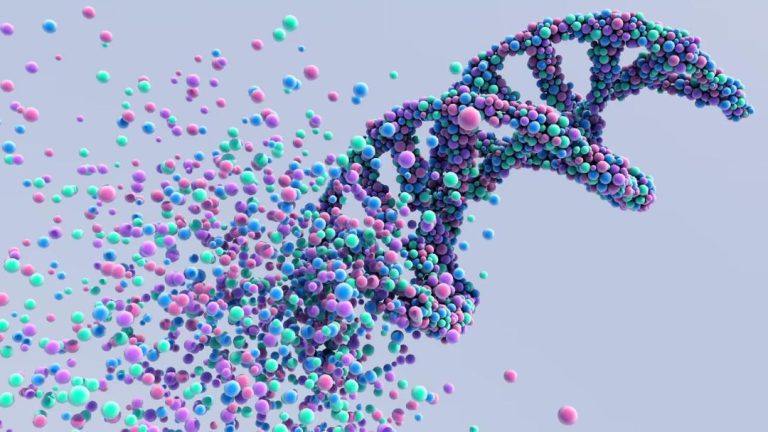
Very old’ mysterious structure found beyond Neptune
The vast expanse of our solar system has always been a subject of fascination for astronomers and space enthusiasts alike. With its eight planets, dwarf planets, asteroids, comets, and other smaller bodies, there is still so much to explore and discover. Recently, a team of astronomers has made a groundbreaking discovery that has left the scientific community abuzz. They have detected a mysterious, extremely stable structure about 43 AU (astronomical units) from the Sun, tucked deep inside the Kuiper Belt, a region just beyond Neptune.
The Kuiper Belt is a circumstellar disc, a ring-shaped zone of icy objects, including dwarf planets like Pluto, that surrounds our solar system. This region is thought to be a reservoir of small, icy bodies that date back to the formation of the solar system. The newly discovered structure is a tightly packed cluster of icy objects that shows unusually calm, low-eccentricity orbits. This suggests that it may be a primordial fragment of the early solar system, untouched and unchanged for billions of years.
The discovery was made using advanced computer simulations and data from various telescopes, including the Hubble Space Telescope. Researchers were able to identify the structure by analyzing the orbits of a large number of objects in the Kuiper Belt. They found that a group of objects were moving in a highly organized and stable manner, which was unexpected given the chaotic and dynamic nature of the Kuiper Belt.
The stability of this structure is what makes it so fascinating. In the Kuiper Belt, objects are constantly being perturbed by the gravitational influence of the giant planets, particularly Neptune. This should lead to chaotic and unstable orbits, but the newly discovered structure seems to be immune to these effects. The objects within the structure are moving in low-eccentricity orbits, which means their paths are nearly circular and unchanged over time.
The implications of this discovery are profound. Researchers believe that this undisturbed region could reveal how the solar system formed and evolved over billions of years. The structure may be a remnant of the solar system’s early days, when the planets were still forming and the Kuiper Belt was taking shape. By studying this region, scientists may be able to gain insights into the processes that shaped our solar system, including the formation of the planets and the delivery of water and organic molecules to Earth.
The discovery also raises questions about the origin of the structure. How did it form, and what has kept it stable for so long? Is it a result of the gravitational influence of a nearby massive object, or is it a self-gravitating system that has managed to maintain its stability over time? Answering these questions will require further research and observation, including more detailed studies of the orbits and properties of the objects within the structure.
The study of the Kuiper Belt and its inhabitants has been an active area of research in recent years. The discovery of dwarf planets like Pluto and Eris has expanded our understanding of the solar system’s outer reaches, and the New Horizons spacecraft has provided stunning images and data from the Pluto system. The discovery of the mysterious structure beyond Neptune is a reminder that there is still much to explore and discover in our solar system, and that new discoveries can challenge our current understanding of the universe.
In conclusion, the discovery of the mysterious structure beyond Neptune is a significant finding that has the potential to reveal new insights into the formation and evolution of our solar system. The stability and organization of the structure suggest that it may be a primordial fragment of the early solar system, untouched and unchanged for billions of years. Further research and observation are needed to fully understand the nature and origin of this enigmatic structure, but one thing is clear: it is a very old and very intriguing feature of our solar system.
News Source: https://iopscience.iop.org/article/10.1088/0004-6256/142/4/131






